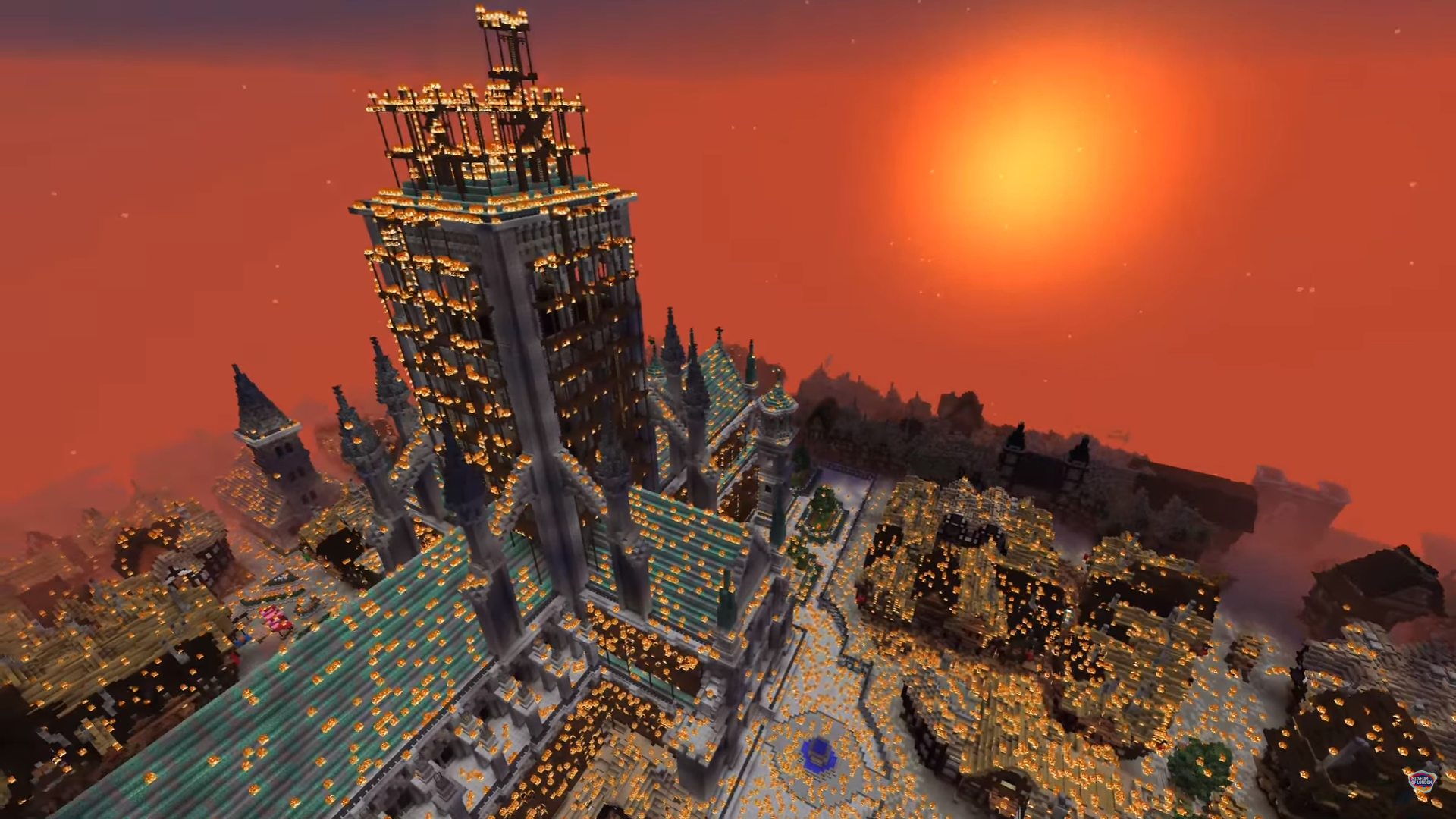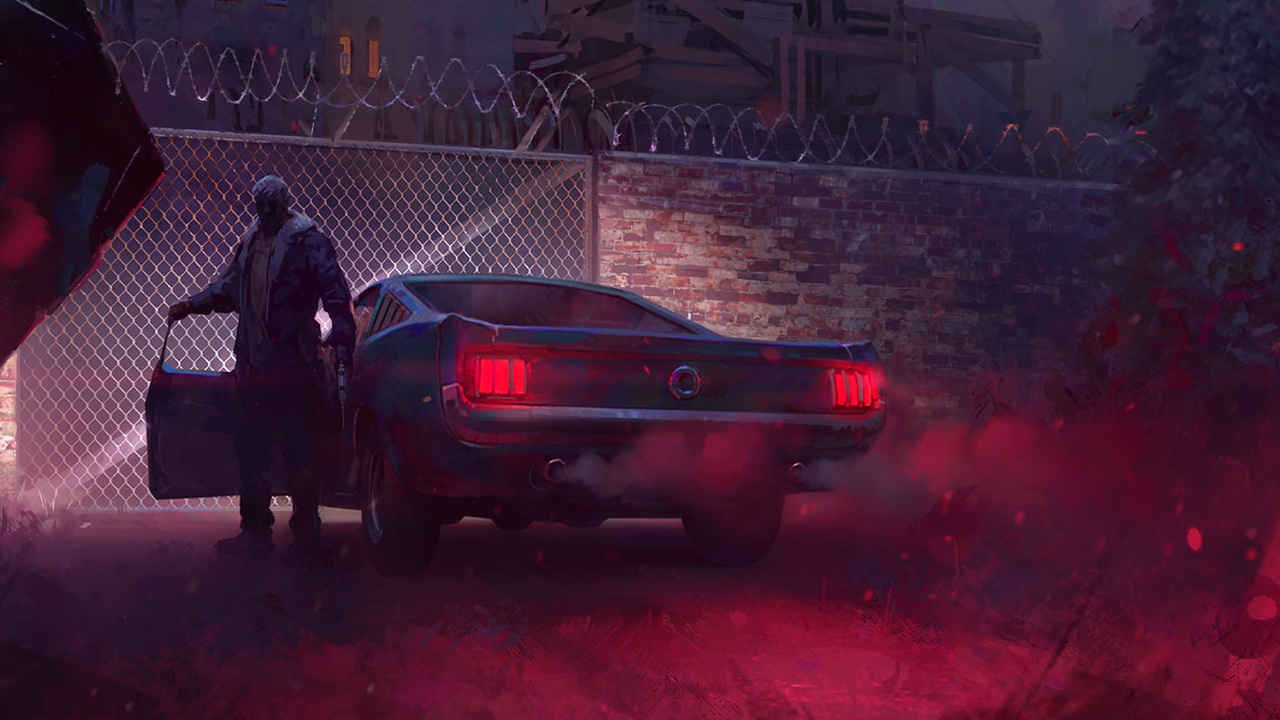Minecraft gets second Great Fire of London map
The Museum of London Minecraft project enters phase two.

Last month, the Museum of London kicked off Great Fire 1666—an educational project which uses Minecraft to recreate the Great Fire of London. To mark the historical event’s 350th anniversary, the campaign is split into three defining time periods—pre-fire, the fire itself, and the aftermath of the event—each of which is portrayed by its own Minecraft map. In doing so, the museum has teamed up with “some of the world’s best Minecraft professionals.”
Part one is available to download here (its trailer can be viewed this way) and part two is on its way next week—Friday, September 2. Here’s a teaser for the latter:
As you can see, while part one sets the scene, part two throws you head-first into the action as you scramble to combat the spreading blaze, face an angry-looking King Charles II, and help bury infamous diary-keeper Samuel Pepys' cheese and wine. Priorities, and all that.
“The Great Fire 1666 maps will allow Minecraft players to explore the City of London and experience the story of the fire like never before,” reads the project’s site. “Uncover the causes of this terrible event, help fight the fire and eventually try your hand at rebuilding London.
"Each map will include challenges that help players delve deeper into the story and experience what it was like to be part of the Great Fire.”
Grab the second Great Fire 1666 Minecraft map when it becomes available next week on Friday, September 2 via the Museum of London website. Part three, which explores the aftermath of the blaze, is due February 2017.
Keep up to date with the most important stories and the best deals, as picked by the PC Gamer team.

